Discovering a Love for Trees on Our Property
When we first moved into our rural home on 10 acres, we quickly realized the previous owner had a special love for trees. Dotted across the property were treasures like lilacs, an old sugar maple proudly standing in the front yard, and a graceful Japanese red maple. It felt like we were stepping into the beginning of a story that we could continue writing.
Adding Our Own Chapter: New Trees and Beautiful Changes
Since moving in at the end of 2020, we’ve added our own touches to the land, planting apple and plum trees. In the front yard, two young maples have become our pride and joy. Over the years, they’ve grown into something magical, offering stunning fall colors that even became part of our Halloween decorations (see pictures). It’s as if nature itself helped set the scene.
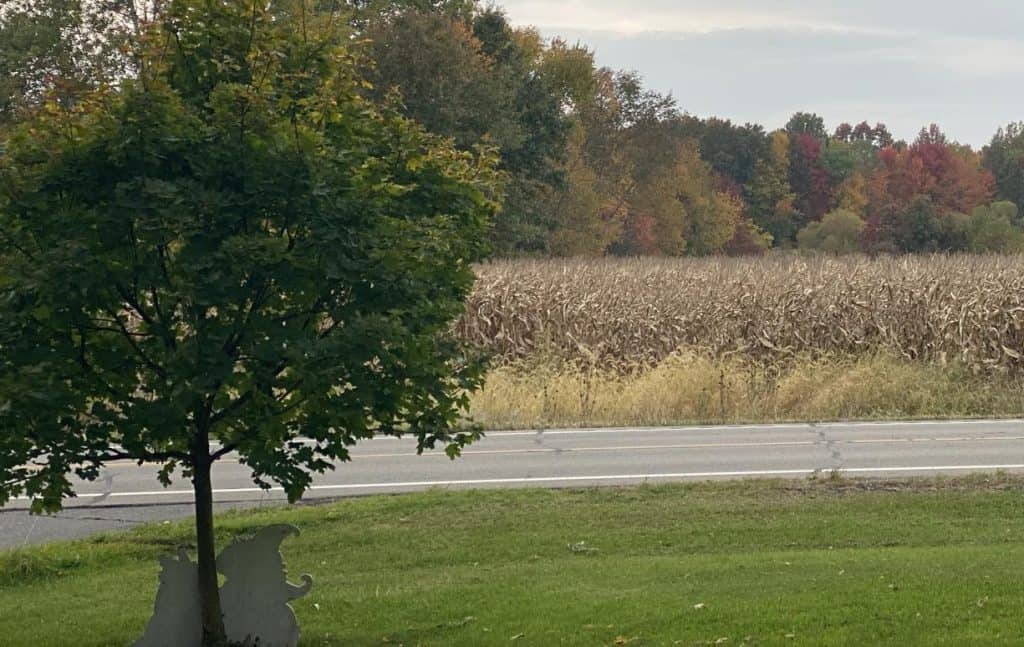
Challenges and Rewards in the Backyard
The backyard has its own story, with younger birch trees and a cluster of white pines we planted. These weren’t here when we arrived, but they’ve added so much character to the space. Of course, there’s one big challenge: deer. In winter, they treat these young trees like an all-you-can-eat buffet. But I’m determined to find a way to keep these growing beauties safe.
Why Plant Trees?
Planting trees isn’t just about making your yard more beautiful—it’s also a wonderful way to help the environment. But it takes a bit more than digging a hole and plopping a tree in. A little planning can make all the difference in helping your new tree thrive.
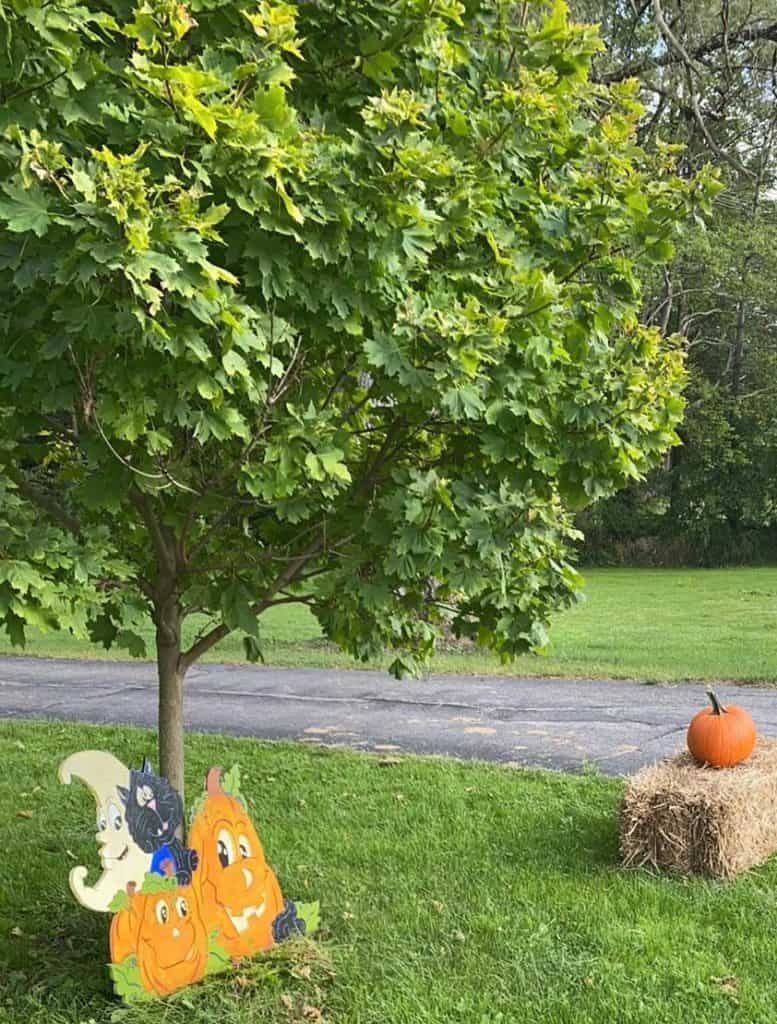
Choosing the Right Tree for Your Space
Start by picking a tree that’s well-suited for your area. Think about your climate, the type of soil on your property, and how much sunlight the spot gets. Make sure the tree will have enough room to grow, both above and below ground, so it doesn’t crowd out plants or interfere with buildings, fences, or utility lines later on.
Preparing the Soil for Success
Healthy soil is key to a healthy tree. A quick soil test can help you understand if your soil needs compost or pH adjustments. Clear the area of grass and weeds to give your new tree the best chance to soak up water and nutrients without competition. When digging the hole, make it wide—about two to three times the width of the root ball—but not too deep.
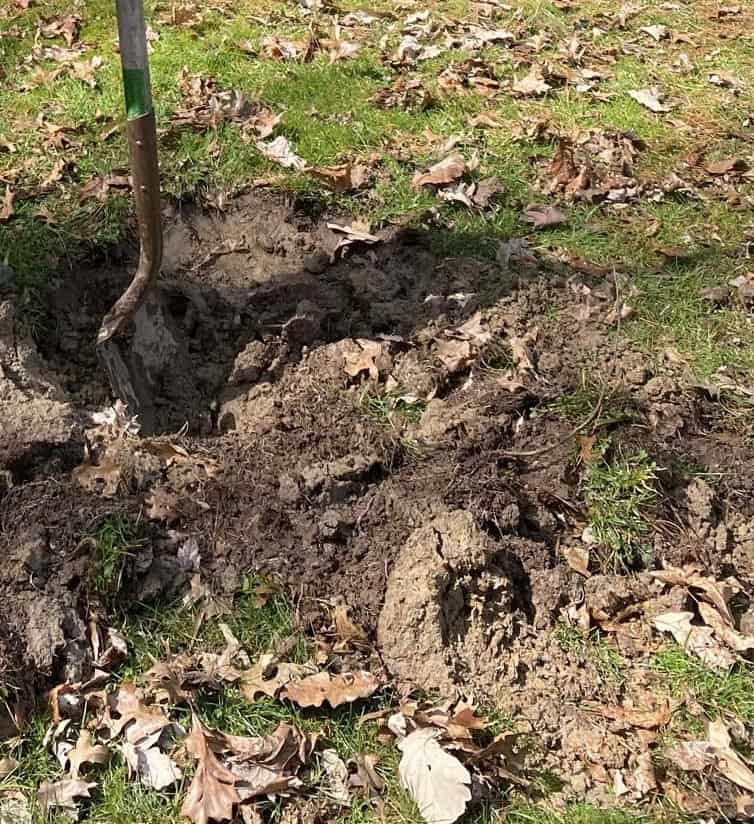
Planting Your Tree the Right Way
When placing your tree in the hole, make sure the root flare (the part where the trunk starts to widen) is slightly above ground level. For container-grown trees, loosen up the roots to encourage outward growth. After filling the hole back in with soil, water the tree thoroughly to settle the soil and eliminate air pockets. Add a layer of mulch around the base to keep moisture in and regulate soil temperature, but keep it a few inches away from the trunk to avoid rot or pests.
Caring for Your Tree: Watering and Mulching
Consistent watering is crucial during the first year, especially during dry spells. Just don’t overdo it—too much water can harm the roots. Hold off on fertilizer, as it can damage sensitive new roots. Mulch is great for keeping the soil moist, but make sure it’s not piled against the trunk.
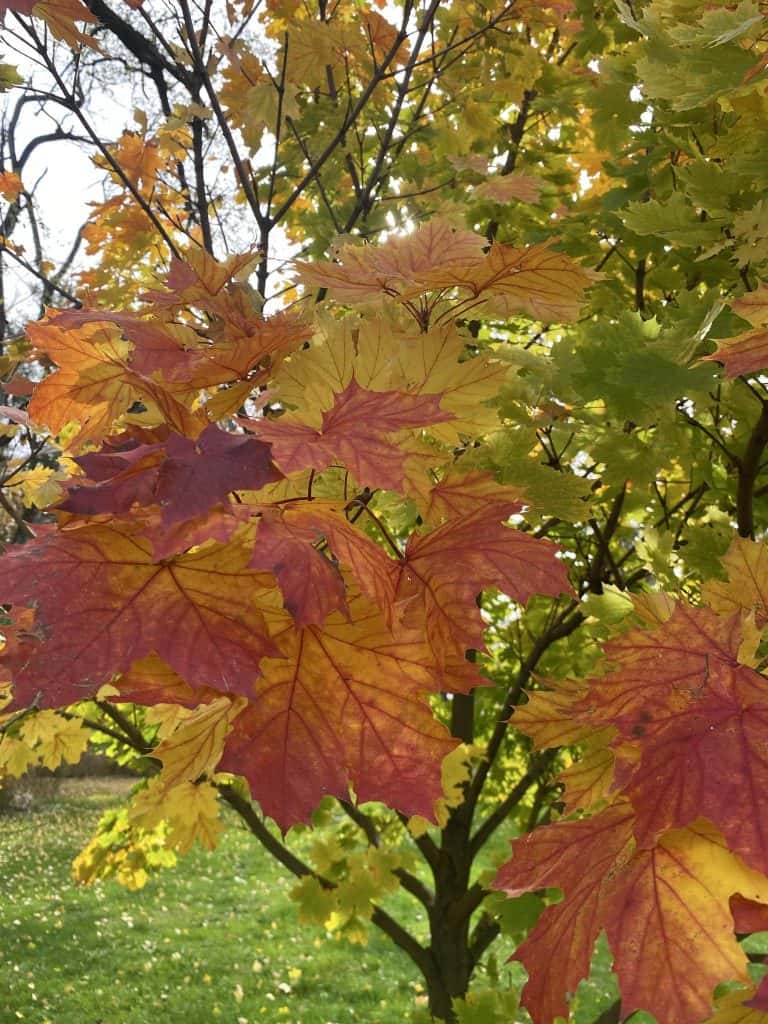
Common Tree-Planting Mistakes to Avoid
Some mistakes can cause long-term problems. Planting too deep or too close to structures can lead to poor growth. Overwatering can suffocate roots, while underwatering can slow down growth. And don’t forget to protect young trees from damage caused by lawnmowers or trimmers—a mulch ring around the base can help with that.
When Is the Best Time to Plant a Tree?
Timing can make a big difference. Fall is ideal in many regions because cooler weather reduces stress on the tree and encourages root growth before winter. In colder climates, spring might be a better choice, giving the tree a full growing season to establish itself. Avoid planting during extreme weather, like hot summers or freezing winters.
Tools to Make Tree Planting Easier
Having the right tools can simplify the process. Basic tools like shovels, gloves, and a watering can or hose are must-haves. A wheelbarrow is helpful for moving heavy materials, and stakes can stabilize young trees in windy areas. Just remember to remove the stakes after the first year to allow the tree to grow freely.
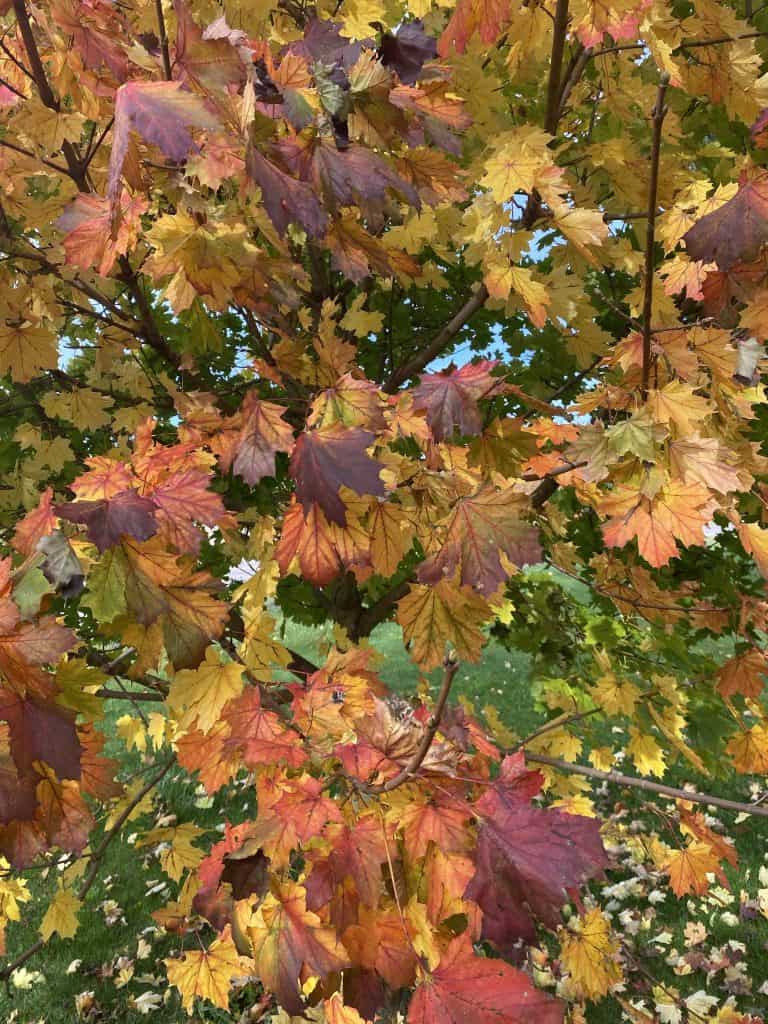
Learn More About Tree Planting
If you want to dive deeper into tree planting, some excellent books can guide you. The Practical Science of Planting Treesby Gary W. Watson and E.B. Himelick is a great resource, as is Now Is the Time for Trees by Dan Lambe. For tips on selecting species or long-term care, check out The Essential Tree Selection Guide by Henrik Sjöman or The Little Book of Planting Trees by Max Adams.
Creating a Legacy in Your Backyard
Planting a tree is more than just a landscaping project—it’s a chance to create something that grows and thrives for years to come. With a little effort and care, you can turn your yard into a greener, more inviting space that brings joy to your family and helps the environment at the same time.
